How to Lose Weight Using the 4 Disciplines of Execution
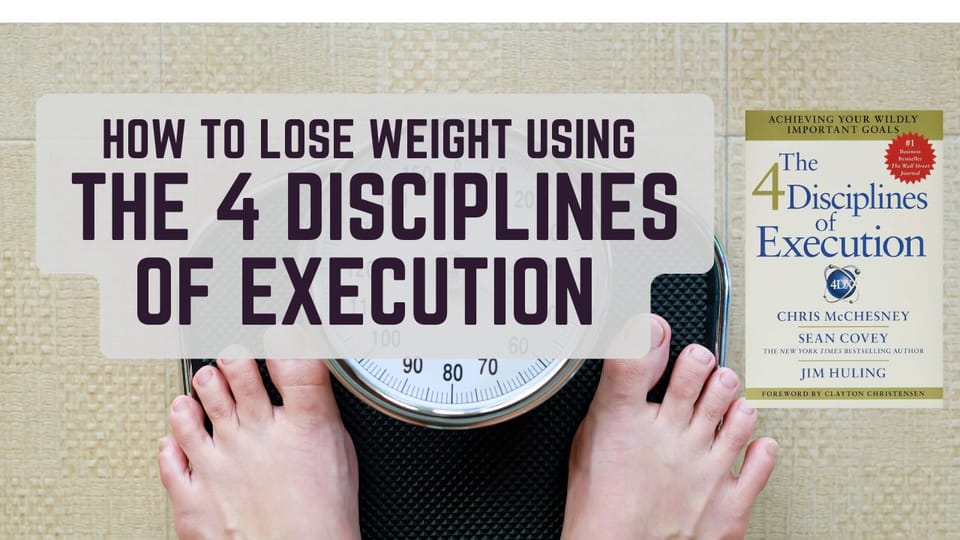
Summary of the 4 Disciplines of Execution
The 4 Disciplines of Execution (4DX) by Chris McChesney, Sean Covey, and Jim Huling is a powerful framework for achieving your most important goals in the middle of daily distractions.
The methodology emphasizes focus, strategic action, and accountability to drive success.
The 4 disciplines are:
- Focus on the Wildly Important Goals (WIGs): Narrow your focus to one or two critical goals.
- Act on the Lead Measures: Concentrate on actions that directly impact your goal.
- Keep a Compelling Scoreboard: Track progress visually so everyone can see if they’re winning.
- Create a Cadence of Accountability: Hold regular check-ins to review progress, make adjustments, and stay on track.
Let’s explore how these disciplines can be applied to a real-life example of weight loss.
Step 1: Focus on the Wildly Important Goal (WIG)
Start by defining a clear, measurable goal.
According to the book, your WIG should be specific and time-bound, following the formula:
from X to Y by when.
For this example:
- WIG: Lose weight from 200 lbs to 175 lbs by March 31st, 2025.
This clarity eliminates distractions and provides a singular focus, essential for success.
Step 2: Act on the Lead Measures
The authors emphasize that lag measures (outcomes like weight on the scale) are results you can’t directly control.
Instead, you must focus on lead measures, which are actionable and predictive behaviors that drive those outcomes.
For weight loss, the lead measures are:
- Daily Calorie Intake: Track and maintain a calorie deficit (e.g., 1,500–1,800 calories per day).
- Physical Activity: Exercise at least 3-5 days a week, burning 300–500 calories per session.
- Healthy Choices: Drink 8 glasses of water daily and ensure 80% of meals are whole, nutrient-dense foods.
"Lead measures are not only predictive, but they are also influenceable by the team," the authors write. In this case, you control your calorie intake and exercise routine, making them ideal lead measures.
Step 3: Keep a Compelling Scoreboard
For weight loss, create a simple weekly scoreboard to track your progress.
It should be easy to understand and answer the question, “Am I winning or losing?”
Example Scoreboard:
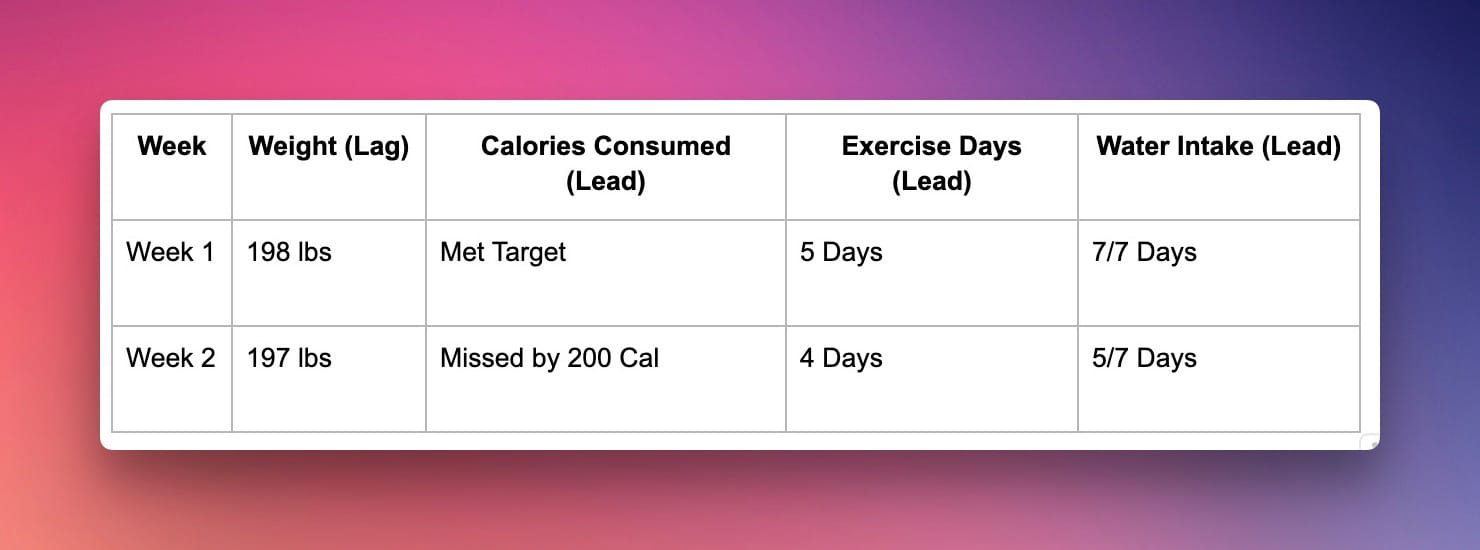
This visual tool keeps your goal top of mind and motivates you to stay consistent.
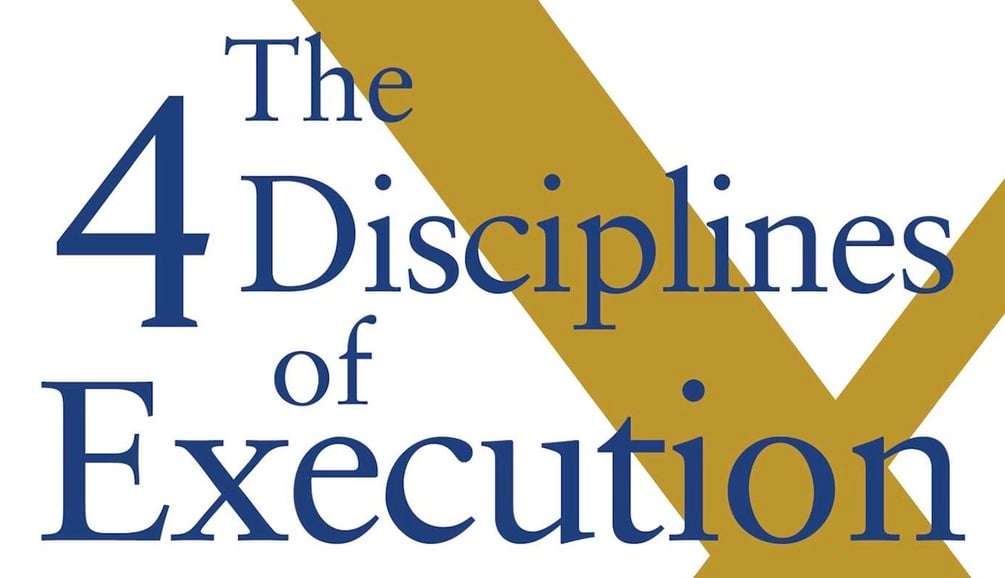
Step 4: Create a Cadence of Accountability
The final discipline is about staying on track through regular accountability.
Here’s how to create accountability for your weight loss goal:
- Daily Accountability: Log meals, exercise, and water intake every day.
- Weekly Check-Ins: Review your scoreboard every Sunday. Reflect on your successes, identify challenges, and adjust strategies.
- Accountability Partner: Share your progress with a friend, family member, or coach. Their encouragement and support can make all the difference.
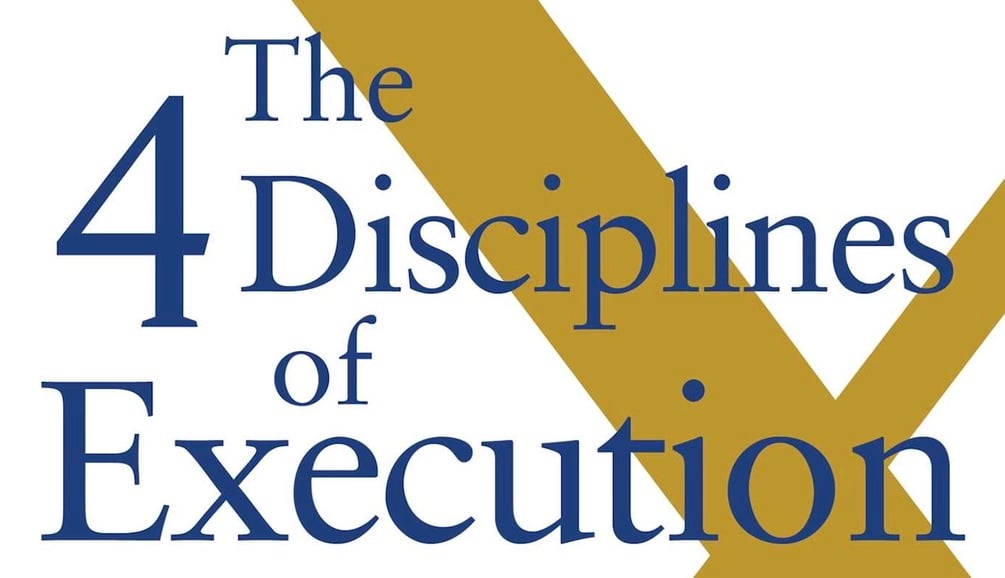
Bringing It All Together
By applying the 4 Disciplines of Execution to weight loss, you turn a daunting challenge into a structured, manageable process:
- Set a clear WIG.
- Focus on actionable lead measures.
- Track progress with a compelling scoreboard.
- Stay accountable with regular check-ins.
Start today, track your progress, and celebrate your wins.
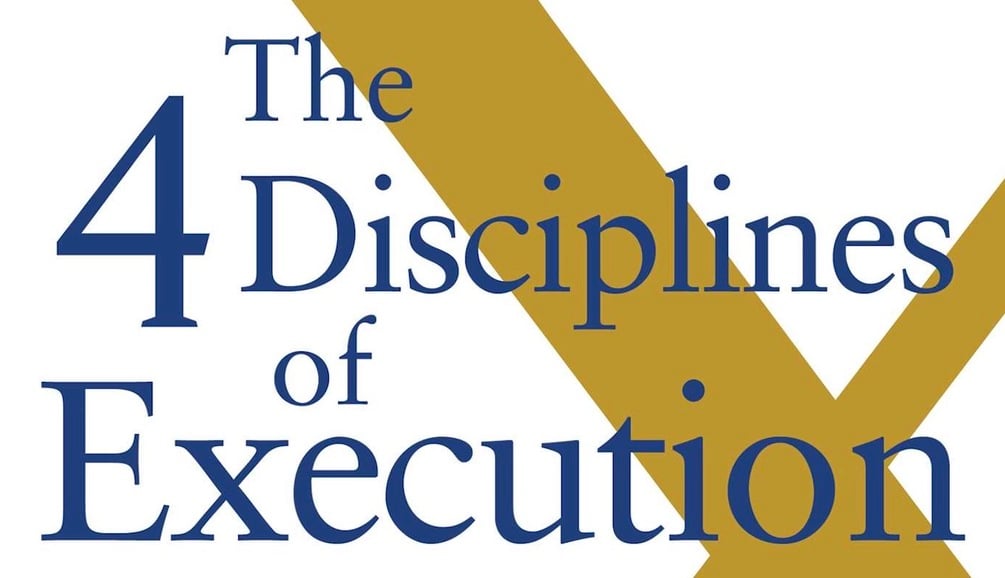
With the 4DX framework, your weight loss goal is not just a possibility but a plan in motion.
📖 Read more on my blog:👉 Book Summary - https://www.muzammilkhan.us/the-4-disciplines-of-execution-summary/


